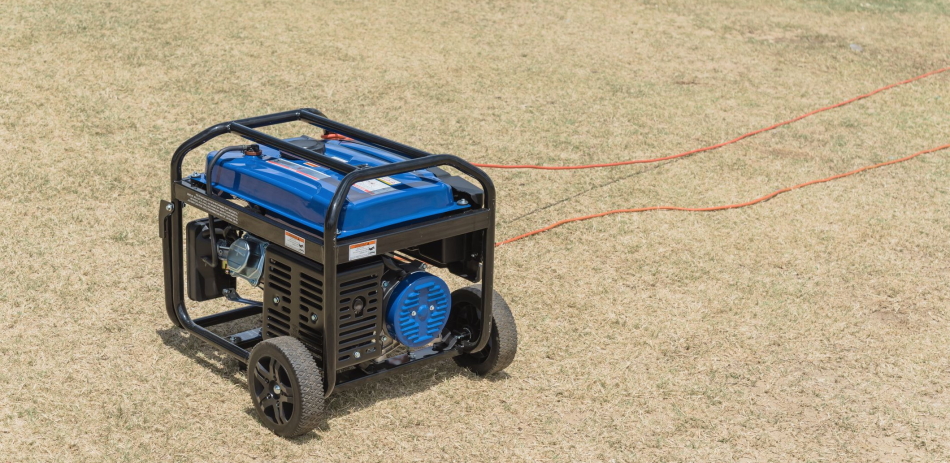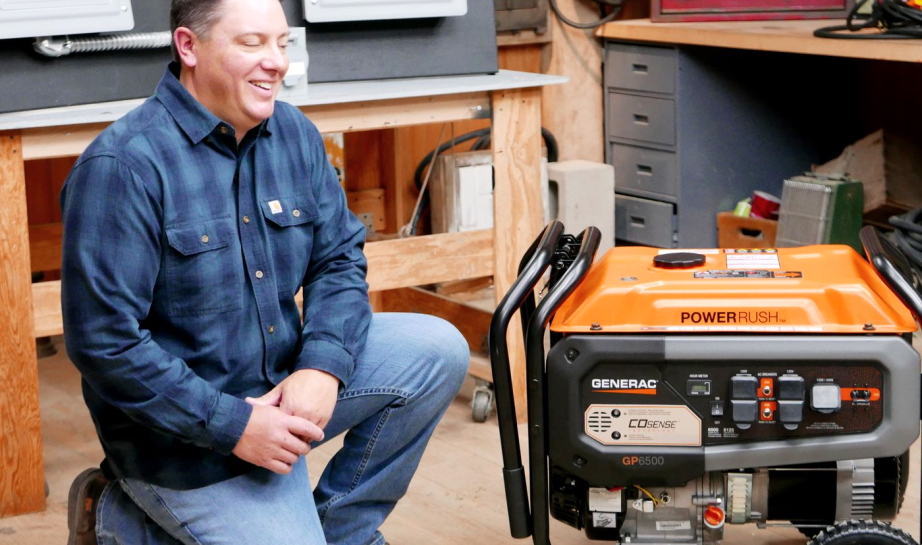
I know it’s not easy to find the right time and energy when you’re running a generator in your garage, but there are some safety precautions that you should take.
First off, make sure that you have adequate ventilation in the area where you’re running your generator. This will help with any fumes or carbon monoxide emissions from the machine affecting anyone nearby.
Secondly, never run a generator indoors unless necessary because of all of the risks involved with this action. You can go article with indoor generators for more information on how to safely run a generator inside.
Generator in a detached garage
We’ll walk you through the steps for safely running a generator in your garage. First, make sure to have a fire extinguisher and smoke detector on hand. Next, connect the gas tank and turn it on. Then use an extension cord to plug into a grounded outlet outside the garage before connecting it to the generator, so you don’t trip over any cords inside. Last but not least, never run or store gasoline near an open flame or spark – including cigarettes.

It’s hard to work on your car and not have power. You can’t use a bench grinder or start the welder, and you certainly can’t do any welding. But there is one tool that will always come in handy: a generator. Generators are perfect for when you need to make some quick fixes, like installing new brake pads or changing out an alternator belt. So let’s go over how to run a generator safely in the garage.
You’ll want to keep it away from anything flammable such as gasoline, oil, paint thinner, etc., but don’t be afraid of getting close- many generators emit heat, which helps prevent corrosion if it feels warm and smells like gas it should be in safe.

How to vent a generator in a garage
If you have a generator in your garage, it’s important to know how to vent it properly. Two components should be addressed: the generator and the garage. The first step is opening up any windows or doors on the exterior of your house. This will help prevent carbon monoxide from building up in your home. Next, ensure adequate ventilation for the exhaust outside of your home by either using an exhaust fan or opening a window near where the exhaust goes out at least three feet off of ground level. If you do not have an exhaust fan, open a window and use screens (not glass) to keep bugs and insects out while still letting air flow freely.
Weather can be unpredictable, and when storms come through, it’s not always possible to keep a generator outside. So whether you’re storing one in your garage or basement during the winter months or keeping it indoors all year round for emergency purposes, there are important steps you need to take before turning on that power.





